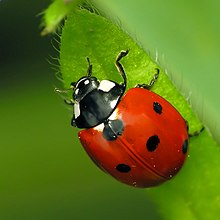1. I think statistics are used for many different thing in our society, such as: medical research, weather forecasts, quality testing, predicting disease, genetics, and political campaigns. Statistics help people come to a conclusion on wether something is accurate or not.
After reading the article: http://www.truthpizza.org/logic/stats.htm
2. Something new I have learned about the importance of statistics in our society is that statistics give make us look at the picture as a whole and gives us a much more precise and accurate way of understanding what is going on in the world around us and is easier to look at statistics then from individual observations. I also learned that tons of information out there can be extremely misleading. So I have learned to be cautious and judge the credibility of the statistics before I can fully trust that it is accurate.
3. Describing different types of problems with statistics.
Faulty statistics- “86% of statistics are made up on the spot, you know – the remaining 24% are mathematically flawed.- from an internet message board.” Statistics can be false, they should use specific numbers and have a quality of authority about them.
Bad Sampling- Bad sampling can be incorrect because statistics based on a small group of poeple is more based on luck, probability and response bias is involved.
Unfair Poll Questions- Statistics that have some type of voting component can be unfair because people can word questions differently and purposefully lean towards the answer they want. People can influence others very easily and make others think how they want them too.
Statistics that are true but misleading- Even when statistics are supposedly accurate, some facts can be truly misleading. When someone chooses the starting and ending points for data used is an efficient way to manipulate statistics.
Ranking Statistics- Ranking statistics are ” based on comparisons with other quantities rather than specifying specific amounts, there are special problems we need to be aware of.” Ranking statistics are also not clear what the categories are that are being ranked.
Qualifiers on statistics- Qualifiers make things seem much more impressive and interesting than they actually are.
Percentages- When dealing with facts on a bigger scale, look at numbers as percentages or in proportion to other quantities. If the stats were based on a small amount, percentages would show more of an impact and large amounts. But should use the actual number to show its quantity.
